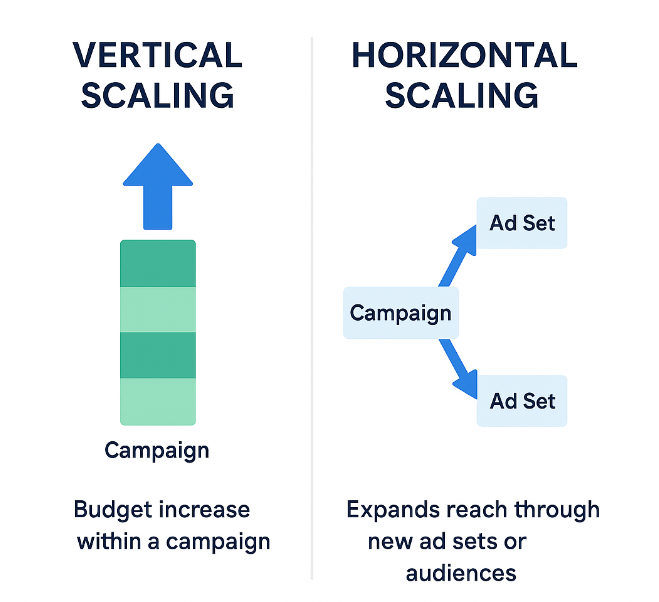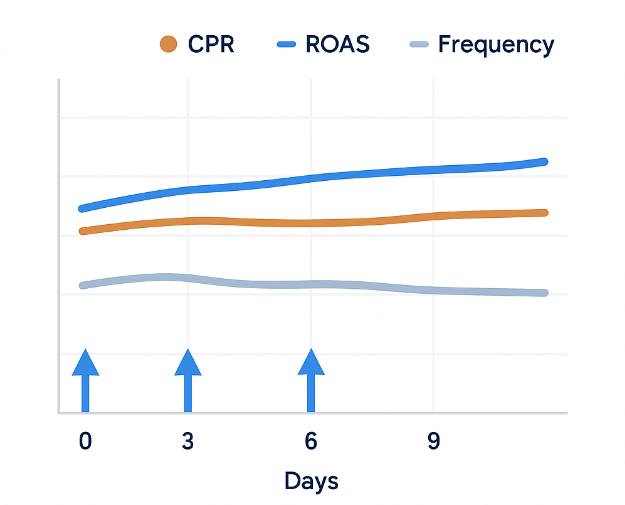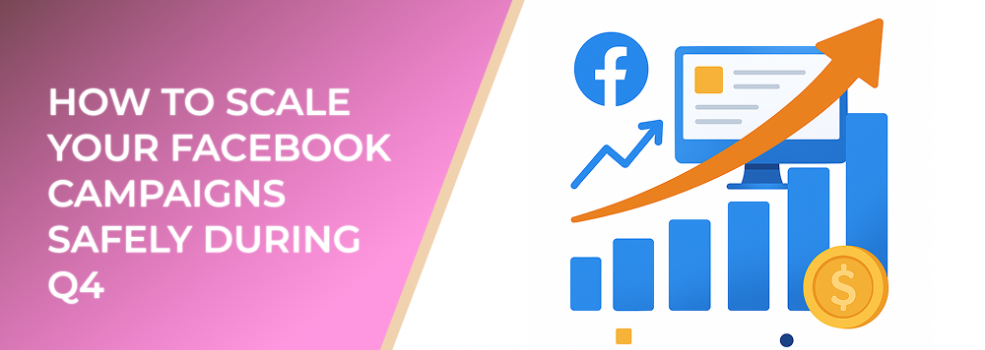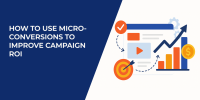The last quarter of the year brings huge opportunities—and massive competition. Meta’s data shows that average CPMs can rise by 30–50% during November and December as brands fight for visibility. While it’s tempting to spend more to capture this surge in buyer intent, scaling too fast can backfire. Ad fatigue, audience overlap, and unstable learning phases often lead to declining ROAS right when results matter most.
Scaling safely means understanding how Facebook’s algorithm reacts to change, pacing your budget growth, and maintaining creative freshness throughout the season.
1. Strengthen Your Baseline Before Scaling
Before increasing your ad spend, confirm that your campaigns are performing consistently. Look for:
-
Stable ROAS over at least 5–7 days (ideally 2.5x or higher for eCommerce).
-
CTR above 1.5% for consumer-focused campaigns.
-
Conversion rate above 3% on your website or landing page.
If your results fluctuate daily or rely on one winning ad, you’re not ready to scale yet. Use this period to optimize targeting and creatives first.
2. Scale Gradually, Not All at Once
A common Q4 mistake is to double budgets overnight. That resets Facebook’s learning phase, forcing the algorithm to re-optimize and often hurting performance.
Instead, increase budgets by 20–30% every 2–3 days. Monitor how your CPA and ROAS respond before pushing further. For campaigns with strong performance, test duplicating ad sets with slightly higher budgets rather than editing existing ones—this maintains stability while allowing for growth.
3. Scale Horizontally With New Audiences
When vertical scaling (increasing budget) hits a ceiling, expand sideways. Horizontal scaling adds new audiences and campaigns while keeping performance steady.

Vertical scaling increases budget within a campaign; horizontal scaling expands reach through new ad sets or audiences
Try these approaches:
-
Build lookalikes of your top 5% of customers or high-value leads.
-
Add new interest segments relevant to holiday shopping or Q4 buying behavior.
-
Use broad targeting for mature pixels to let Facebook’s AI find new profitable pockets.
Horizontal scaling prevents audience fatigue and protects your costs as competition intensifies.
4. Refresh Your Creatives Every 10–14 Days
Ad fatigue happens fast in Q4. Meta data shows that ad effectiveness can drop by up to 40% faster during high-ad-volume periods. To keep engagement up:
-
Rotate images, videos, and copy regularly.
-
Keep messaging aligned with seasonal themes without losing brand identity.
-
Use Reels or Stories to capture mobile-first engagement.
Test one creative variable at a time—headline, visual, or CTA—to isolate what drives performance.
5. Watch Frequency and Performance Trends Closely
When scaling, high frequency is an early warning sign that your audience is oversaturated. If frequency exceeds 3 for cold audiences, it’s time to refresh creatives or open new segments.
Also, evaluate trends over 3–5 days, not single-day fluctuations. Q4 auction dynamics can cause short-term volatility that doesn’t reflect true performance.

Trends in CPR, ROAS, and frequency over time when scaling gradually and responsibly
Key metrics to monitor:
-
Cost per Result (CPR)
-
Add-to-Cart rate
-
Purchase conversion rate
-
ROAS stability
6. Combine Automation With Manual Oversight
Facebook’s automated campaign budget optimization (CBO) can help distribute spend efficiently across top-performing ad sets. However, manual control is still important—especially in Q4, when small changes in competition can shift performance dramatically.
Run CBO for stable scaling, but monitor performance daily. If one ad set begins to dominate, consider splitting it into its own campaign for tighter control.
7. Time Your Scaling Windows Strategically
Don’t scale aggressively right before major shopping days. The 3–4 days leading up to Black Friday, for instance, often see the steepest CPM spikes. Instead:
-
Scale early (mid-November) to collect data at lower costs.
-
Pause or stabilize spend during major sale days when auctions are most volatile.
-
Reinvest post-Cyber Monday for retargeting campaigns, when competition temporarily dips.
This approach smooths your costs while maintaining a strong presence through December.
Final Thoughts
Scaling during Q4 is about precision, not aggression. Move in small, data-backed steps, watch your creative health closely, and diversify your audiences. The goal isn’t just to spend more—it’s to spend smarter, ensuring every additional dollar you invest drives measurable growth.
Read more from LeadEnforce:

